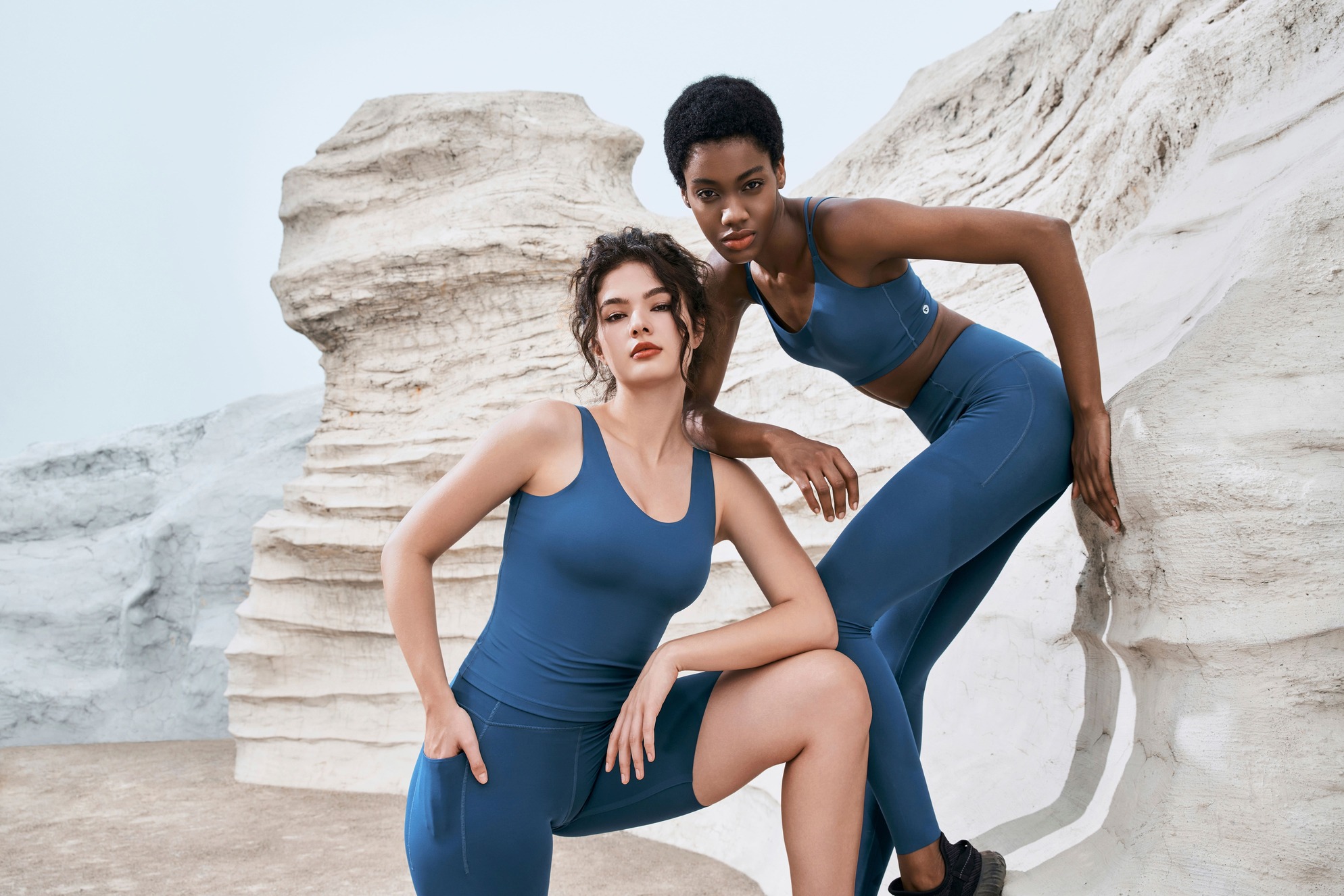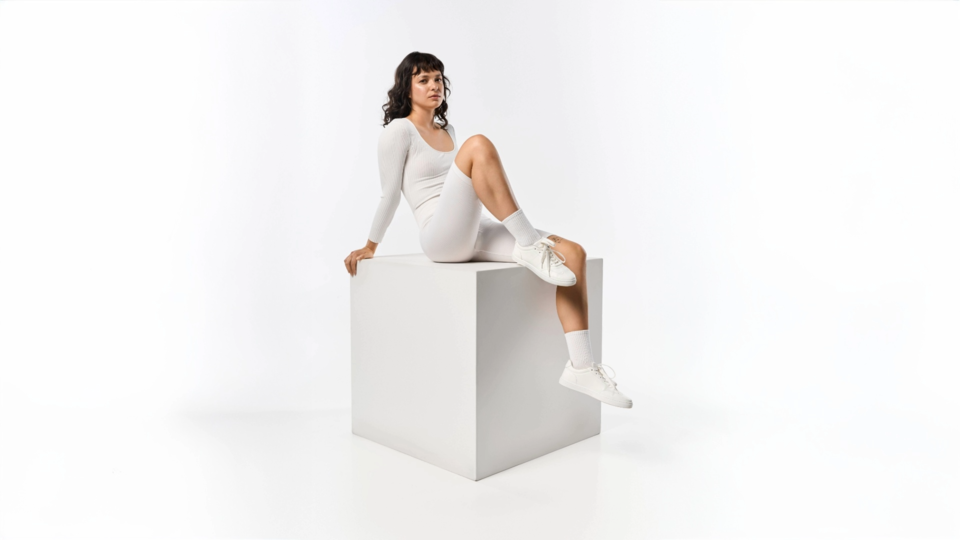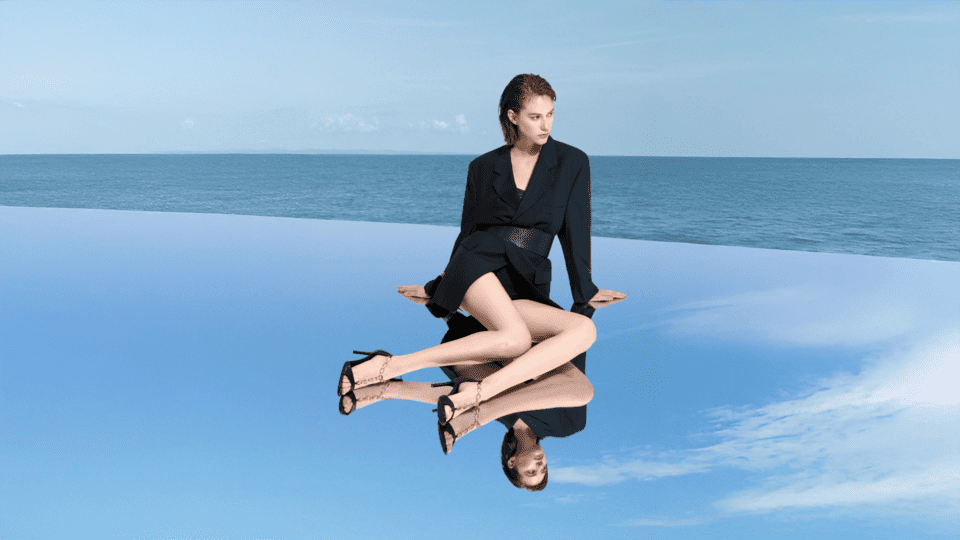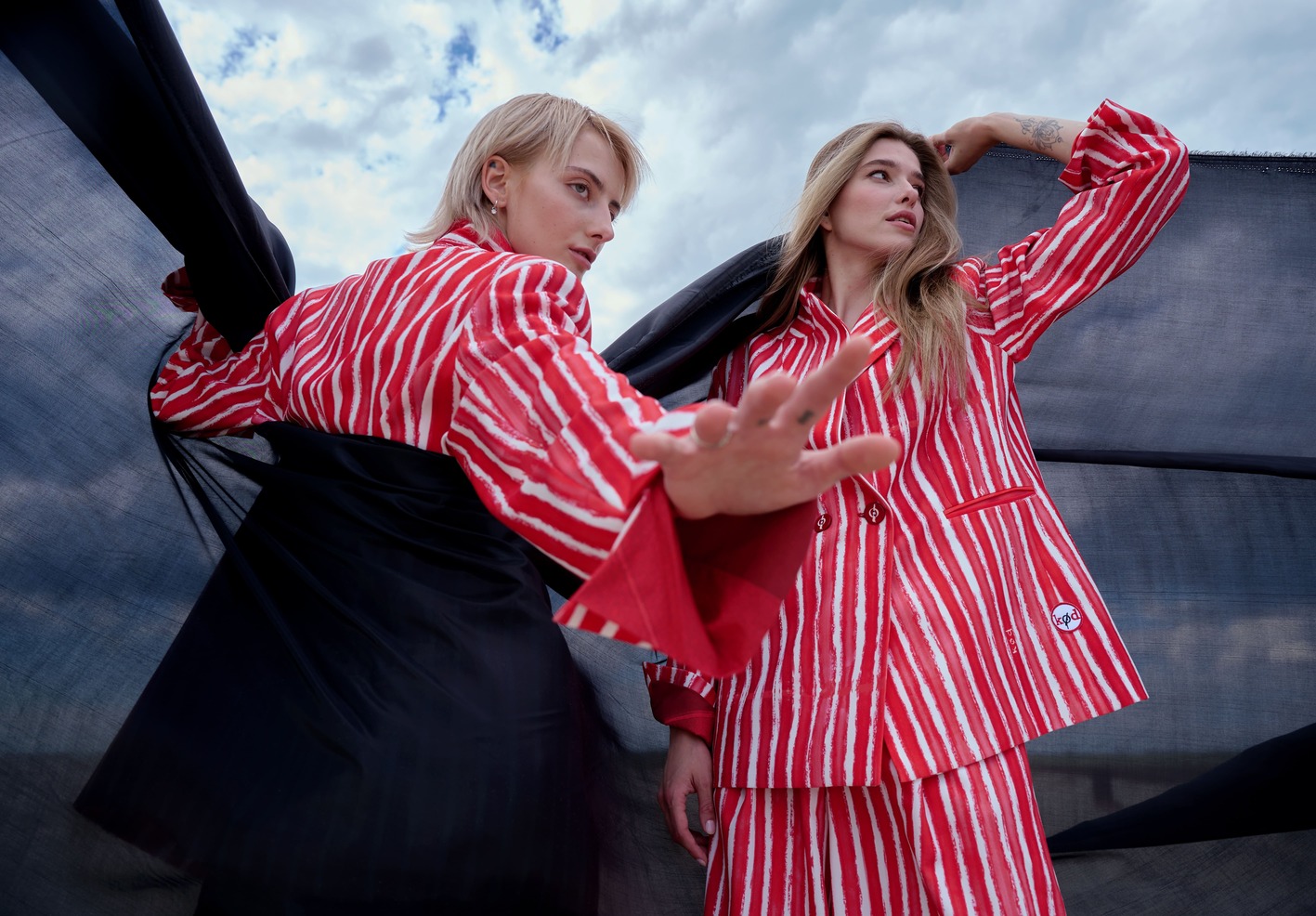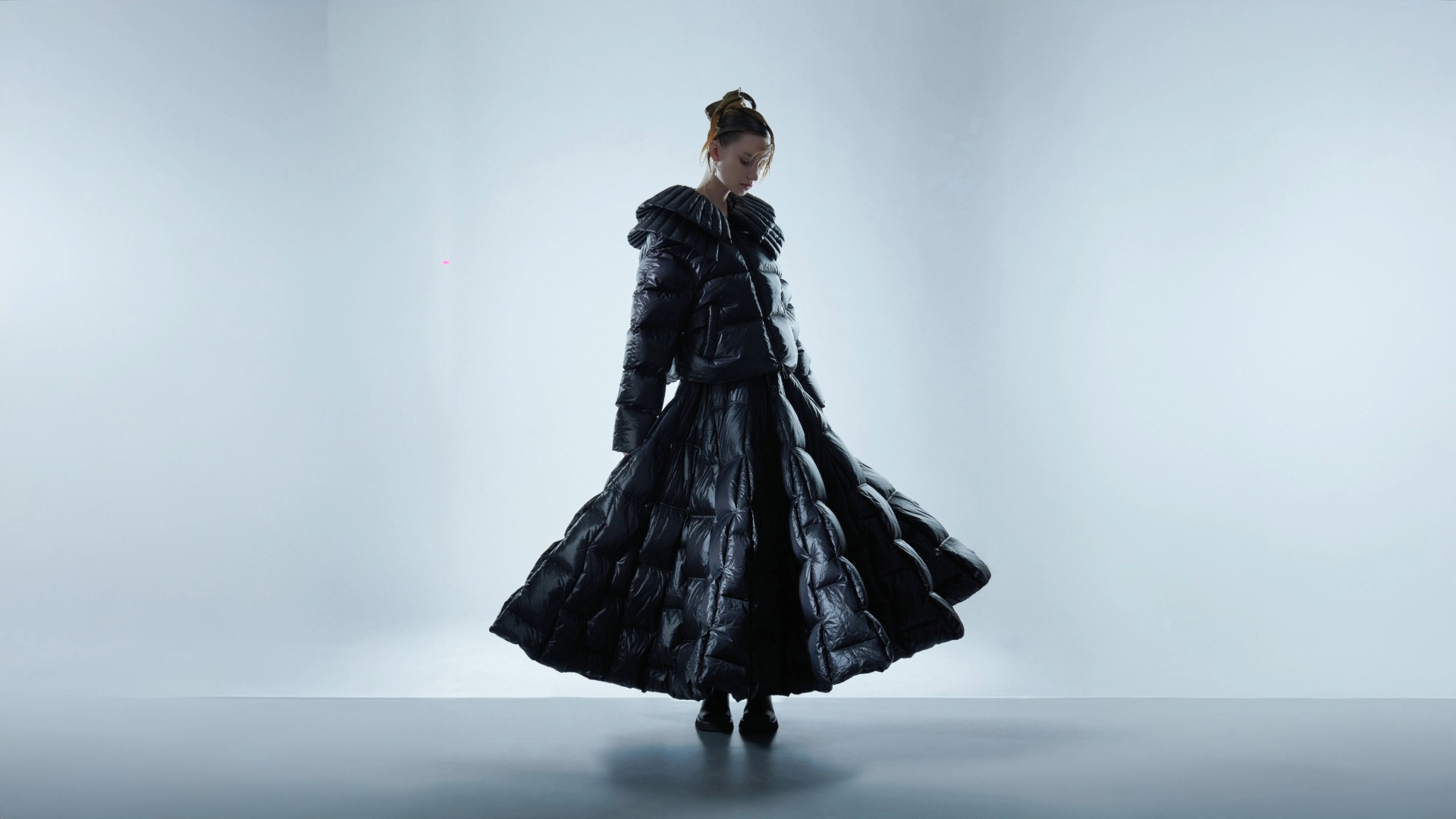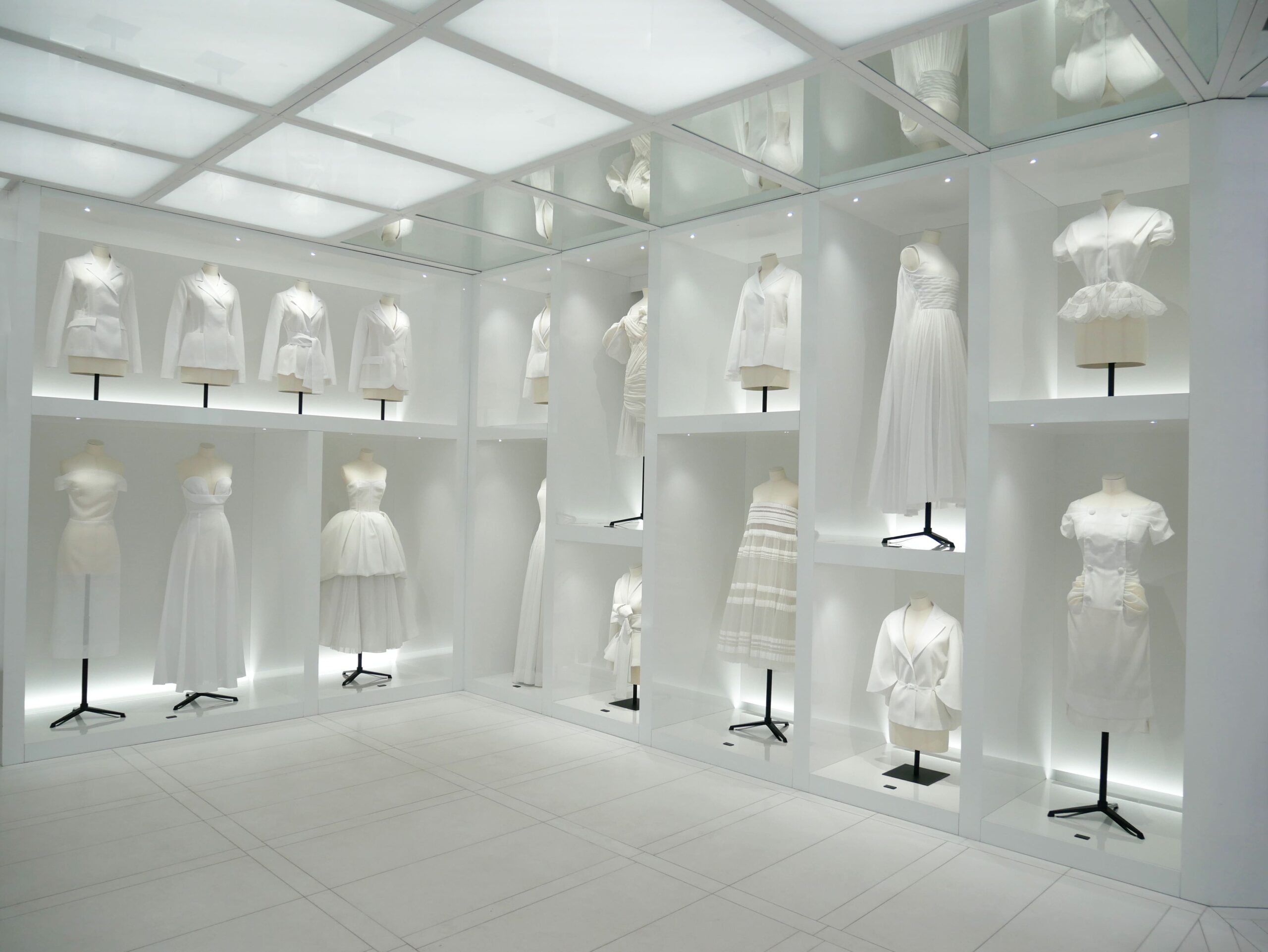October 2025
10 Essential E-commerce Solutions for Clothing Retailers in 2025
Ester Bazzanella
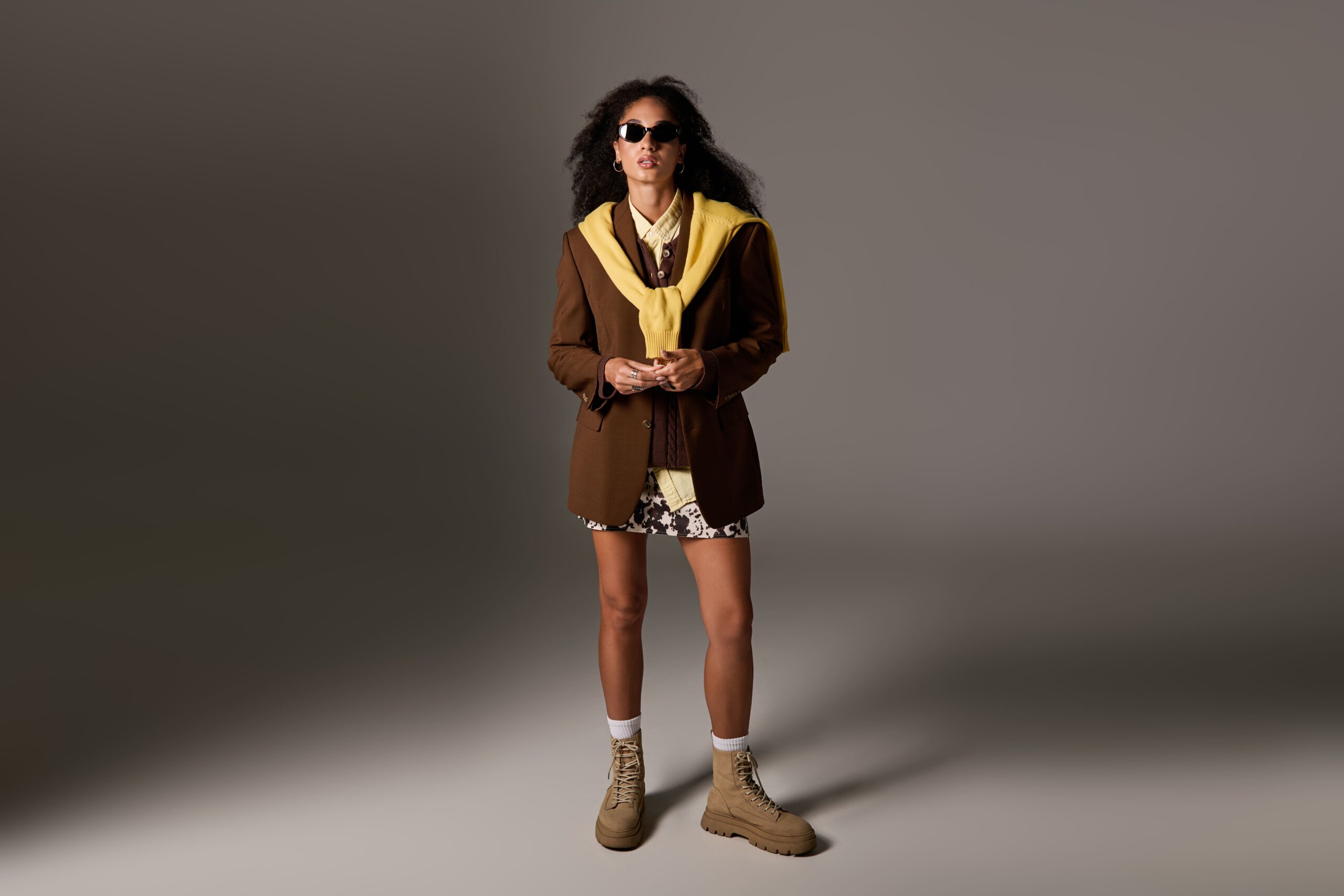
Fashion e-commerce is one of the fastest-growing segments in retail, which means it’s also one of the most competitive. Doing well online as a clothing retailer requires more than just having the right products or a beautifully designed online store. You need to provide a smooth shopping experience, manage complex operations behind the scenes, and solve challenges that are unique to fashion, such as sizing, returns, and personalization.
Consider this: return rates in fashion can climb as high as 30 to 40% in some markets. Shoppers expect fast, reliable shipping, personalized product recommendations, and an easy way to find the right size before they hit “buy.” At the same time, brands are under pressure to scale efficiently, expand across channels, and provide customer service that feels as good as walking into a physical store.
Fortunately, there are plenty of e-commerce solutions that can help you get the job done!
In this article, we’ll take a deep dive into 10 of the most relevant e-commerce solutions for clothing retailers in 2025. These aren’t broad “nice-to-have” tools but instead solutions built to tackle the challenges you probably face every day. Whether you’re running a boutique label, a growing mid-sized brand, or a large-scale enterprise retailer, these solutions can help you reduce costs, increase conversions, and keep customers coming back.
Before we dive into the top 10, let’s clarify what we mean when we talk about e-commerce solutions.
What are e-commerce solutions?
An e-commerce solution is any tool or technology designed to support the operations of an online store beyond the core shopping platform.
While platforms like Shopify, WooCommerce, or Magento provide the foundation for running a digital storefront, solutions are the specialized applications that extend functionality and address specific business needs.
For clothing retailers, these needs are often highly specialized. They include things like finding the right size for each shopper, managing seasonal inventory across multiple channels, handling returns in a way that builds loyalty rather than frustration, and ensuring that every customer interaction, whether by email, chat, or social media, feels personalized and professional.
E-commerce solutions integrate into your stack. They automate time-consuming processes, and enhance the customer experience in ways that a basic platform can’t handle on its own.
The right mix of solutions can help you get ahead, moving from constantly putting out fires to confidently scaling efficiently.
Related: The 5 Most Used E-Commerce Platforms for Fashion Stores
E-commerce solutions
1. Sizebay (Size & Fit Technology)
Sizing is one of the biggest challenges in fashion e-commerce and one of the leading causes of returns. Sizebay solves this by offering virtual fitting rooms and intelligent size charts that guide shoppers to the right fit the first time. The tool uses real customer data, garment measurements, and AI to deliver personalized recommendations that improve buyer confidence.
As a retailer that means fewer returns, higher conversion rates, and stronger customer loyalty. Sizebay integrates easily with major e-commerce platforms and can scale for both boutique brands and large enterprise retailers. In a market where 70% of returns are due to poor size or fit, Sizebay is the go-to solution for tackling the problem at its core.
Read More: Virtual Fitting Rooms and Size Recommendation
2. Shopify Plus Apps Ecosystem (Inventory & Order Management)
Shopify Plus is an app ecosystem that offers clothing retailers a powerful way to manage complex operations. From inventory syncing and product bundling to order tracking and multi-channel sales, the Shopify Plus ecosystem gives brands the flexibility to customize their tech stack as they grow.
Fashion retailers particularly benefit from apps designed for pre-orders, seasonal collections, and size variants. Many integrations also extend into shipping, customer service, and marketing automation, making Shopify Plus a central hub for scaling brands. For small to mid-sized clothing businesses aiming for rapid growth, the ecosystem provides a balance of ease-of-use and enterprise-level power.
3. Linnworks (Inventory & Multi-Channel Management)
Linnworks is built for fashion retailers that sell across multiple channels and need centralized control. It connects marketplaces like Amazon, eBay, and Zalando with your e-commerce store, keeping inventory, pricing, and orders synced in real time.
For clothing businesses, this means no more overselling sizes, managing stock-outs manually, or losing track of seasonal items. Linnworks also offers automation tools that streamline workflows like purchase ordering, shipping label creation, and reporting. It’s especially valuable for mid-sized and enterprise retailers who are scaling internationally and need visibility across warehouses and channels.
4. Brightpearl (Retail Operations Platform)
Brightpearl is an all-in-one retail operations platform designed with fashion in mind. It handles inventory management, demand forecasting, accounting, and order processing in one place.
The platform shines for clothing retailers that juggle wholesale, DTC, and marketplace sales, offering the visibility and control to keep operations smooth across every channel. Features like automation for seasonal restocks and forecasting tools help brands adapt quickly to shifting fashion trends. Brightpearl is best suited for mid-to-large retailers who need a solution that goes beyond inventory management and connects financials with operations.
5. Narvar (Returns & Post-Purchase Experience)
Post-purchase experience is where customer loyalty is won or lost, and Narvar leads the way in making it seamless. The platform powers branded tracking pages, simple return portals, and proactive shipping notifications that keep customers engaged even after checkout.
For clothing retailers, Narvar helps turn returns into opportunities for repeat purchases. Shoppers get transparency and convenience, while brands get reduced customer service strain and better data on returns behavior. Narvar works well for enterprise fashion brands that want to create polished, branded experiences at scale.
6. Loop Returns (Returns & Exchanges)
Loop Returns focuses on solving the profit drain of exchanges and refunds. Its system makes it simple for customers to swap sizes, choose store credit, or pick a different product instead of taking a refund.
For clothing businesses, this means retaining revenue that would otherwise be lost while giving shoppers more control over the return process. Loop integrates easily with Shopify and other platforms, making it accessible for both growing and established brands. Small to mid-sized retailers will find Loop especially useful for boosting customer satisfaction and keeping sales in the business.
7. Klaviyo (Customer Engagement: Email & SMS)
Klaviyo is a powerhouse for customer engagement, helping fashion retailers deliver personalized email and SMS campaigns. It integrates directly with e-commerce platforms to pull in data like purchase history, browsing behavior, and size preferences.
Clothing brands use Klaviyo to send highly targeted campaigns like style recommendations, restock alerts, or cart abandonment reminders. With strong segmentation and automation, it enables even small teams to run sophisticated marketing programs. Klaviyo is especially effective for small to mid-sized retailers that want to drive repeat purchases and build stronger customer relationships without relying solely on paid ads.
8. Fashion Hub (Personalization & Merchandising)
Fashion Hub specializes in creating personalized shopping experiences. For fashion retailers, that means AI-powered product recommendations, product image search, and shoppable looks that adapt in real time to each visitor.
By tailoring the browsing and buying journey, Fashion Hub helps clothing businesses increase average order value and customer engagement. Mid-sized and enterprise brands looking to maximize on-site personalization and customer engagement will find Fashion Hub a strong fit.
Related: Hyperpersonalization: Why Fashion E-Commerce Should Embrace It
9. Gorgias (Customer Support for E-commerce)
Gorgias is a customer support help desk built specifically for e-commerce. It centralizes all customer conversations from email and live chat, to social media and even SMS, into one dashboard.
That means faster responses to common issues like sizing questions, order tracking, and return policies. Gorgias integrates directly with Shopify and other platforms, allowing support agents to view customer order history and issue refunds or exchanges without leaving the dashboard. It’s a great fit for small and mid-sized fashion brands that want to scale customer service without losing the personal touch.
10. ShipBob (Logistics & Fulfillment)
ShipBob is a third-party logistics provider that helps fashion retailers offer fast, reliable shipping across North America and Europe. With a network of fulfillment centers, it enables brands to store inventory closer to customers, reducing shipping times and costs.
Clothing businesses benefit from ShipBob’s integrations with major e-commerce platforms, as well as its ability to handle returns and custom packaging. For brands expanding internationally or looking to compete with big players on delivery speed, ShipBob provides the infrastructure to make it possible. It’s best suited for mid-sized and growing retailers who want enterprise-level logistics without building it in-house.
Why the Solutions Matter
Running a successful apparel e-commerce business today is about much more than uploading products and waiting for orders to roll in. The most resilient brands are the ones building smart ecosystems of solutions that handle everything from fit to fulfillment, customer service to personalization.
The 10 solutions we’ve covered here show just how many moving parts there are in fashion retail, and how the right technology can help you run a tighter ship. Returns don’t have to eat into profits if you’re using platforms like Loop and Narvar. Customer engagement doesn’t have to rely on endless ad spend when Klaviyo can personalize every touchpoint. And operations, from inventory management with Linnworks to fulfillment with ShipBob, don’t have to be bottlenecks holding you back.
At the heart of it all, though, is the issue of fit. In fashion, if the clothes don’t fit, everything else falls apart. That’s why Sizebay is such a critical piece of the puzzle: it gives shoppers the confidence to buy, keeps return rates under control, and builds trust between brand and customer.
As you think about your own e-commerce strategy, the key isn’t to adopt every solution on this list, but instead to choose the ones that align with your business size, goals, and customer expectations. Start with the areas that are causing the most friction, and build out your stack from there.
If you’re looking for more e-commerce tools, make sure to check out our list of the best e-commerce apps to grow your online store.

